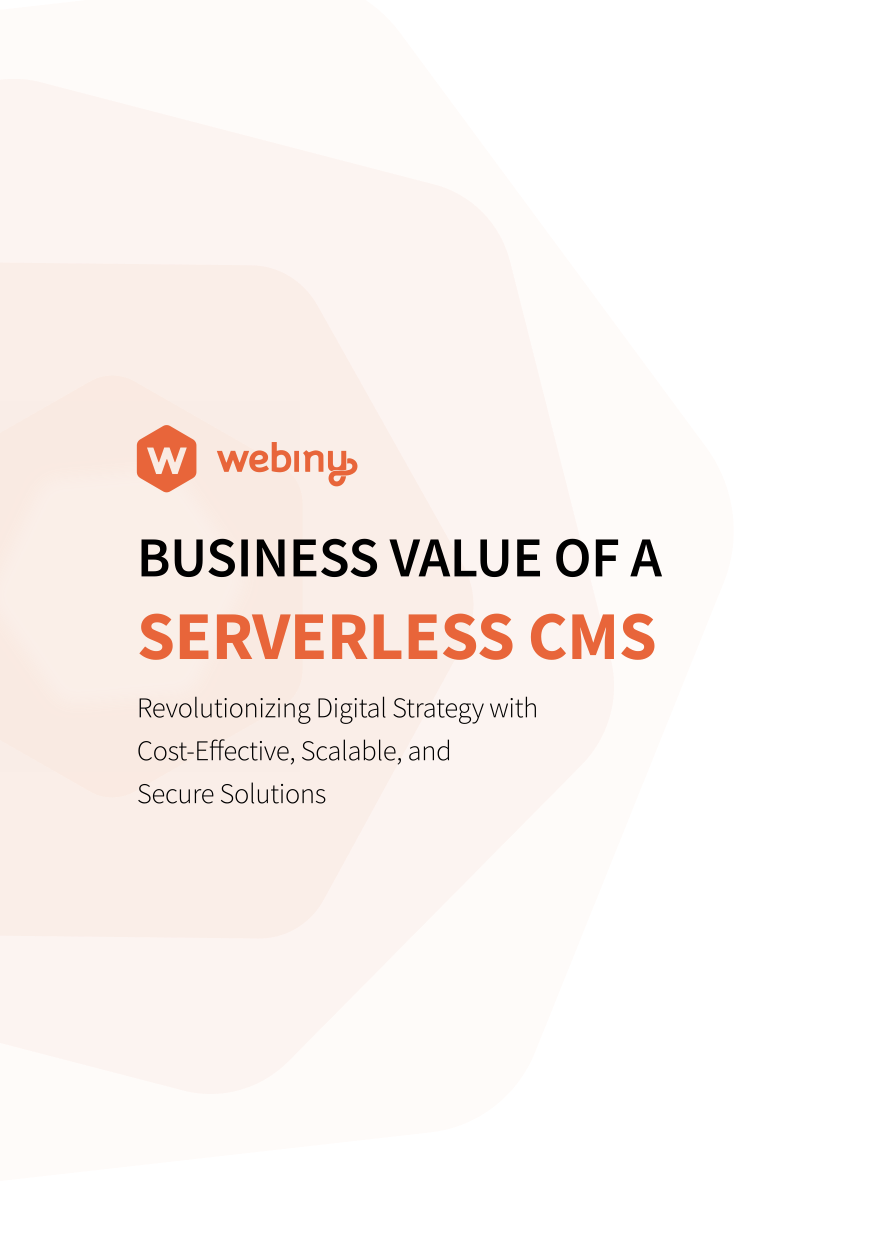Building a Frontend With Flutter
Learn how to build a frontend for Webiny Headless CMS using React.
Install and Deploy Webiny
Skip this step if you already have Webiny installed and deployed. Be sure to check out the prerequisites for installing Webiny on your local machine.
Then, create a new Webiny project by running the following command. If you get stuck or for more details, please see our documentation.
Create a new Flutter site
First, download and install Flutter, then run the following command to initialize a new application.
Add and Configure GraphQL
Add the Flutter wrapper for graphql/client.dart and follow the instructions in the docs to configure it to connect to Webiny's GraphQL API using your API Token.

.png)
